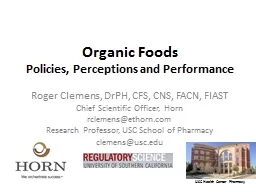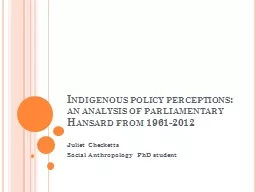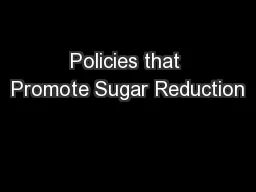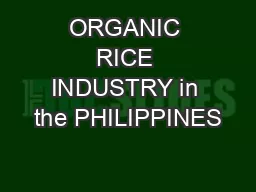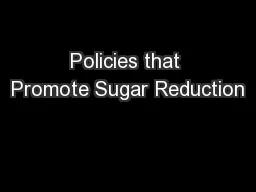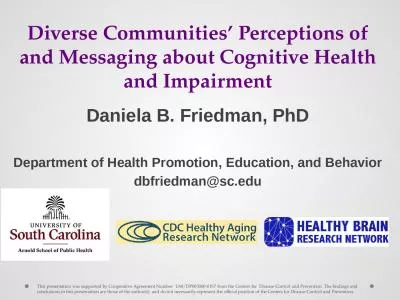PPT-Organic Foods Policies, Perceptions and Performance
Author : stefany-barnette | Published Date : 2019-02-05
Roger Clemens DrPH CFS CNS FACN FIAST Chief Scientific Officer Horn rclemensethorncom Research Professor USC School of Pharmacy clemensuscedu USC Health Center Pharmacy
Presentation Embed Code
Download Presentation
Download Presentation The PPT/PDF document "Organic Foods Policies, Perceptions and ..." is the property of its rightful owner. Permission is granted to download and print the materials on this website for personal, non-commercial use only, and to display it on your personal computer provided you do not modify the materials and that you retain all copyright notices contained in the materials. By downloading content from our website, you accept the terms of this agreement.
Organic Foods Policies, Perceptions and Performance: Transcript
Download Rules Of Document
"Organic Foods Policies, Perceptions and Performance"The content belongs to its owner. You may download and print it for personal use, without modification, and keep all copyright notices. By downloading, you agree to these terms.
Related Documents

